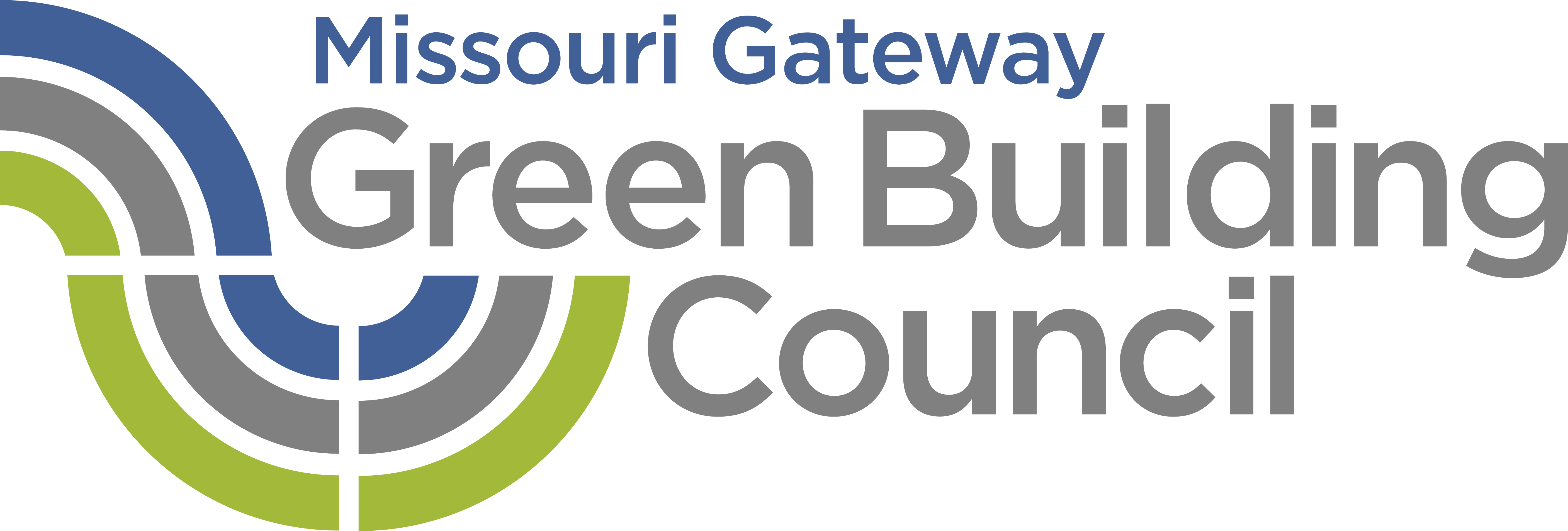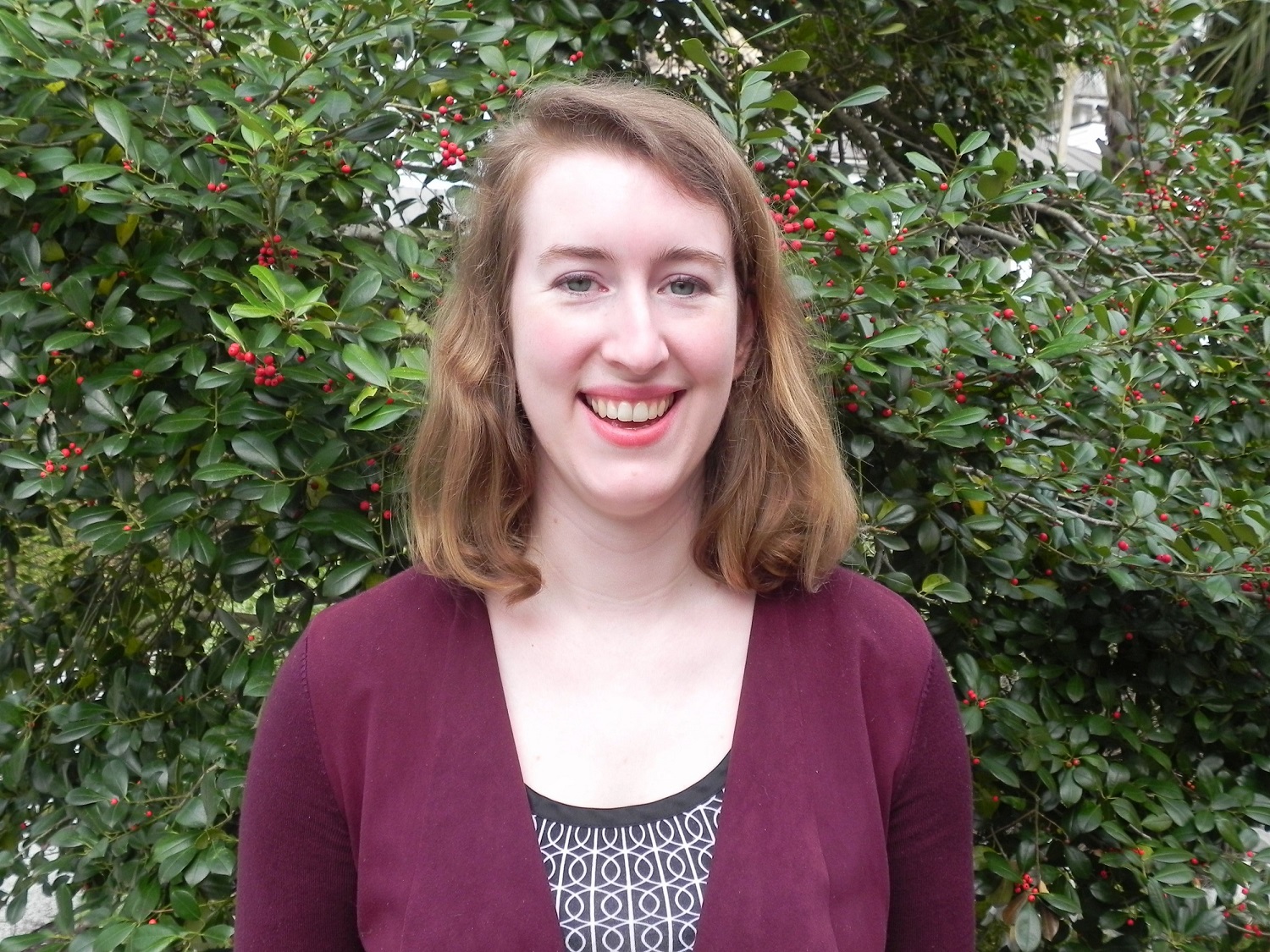Maeve Elder, Communication & Outreach Coordinator, Missouri Gateway Green Building Council
Joined Missouri Gateway Green Building Council staff on June 5, 2023
Maeve’s green building connection: I think my fascination with buildings was sparked from an early age. Growing up, I experienced the joys (and challenges) of my parents renovating two historic homes. This experience shaped my understanding of buildings as complex systems that are constructed, repaired and remade incrementally over time with numerous materials, systems and structures all layered and intertwined to make the whole. As a small child, this made buildings a fascinating mystery – the equivalent of an archeological dig – with endless opportunities to uncover the puzzle of how it all worked. Of course, it was usually those moments when it didn’t all work that presented the most thrilling revelations (and worst headaches for my parents). I remember eagerly squirreling my way into already congested rooms so I could watch with baited breath as the plumber and his team tore up the floors to fix a leaky pipe.
As I grew up, these early experiences planted the seeds of a lifelong fascination with buildings, the built environment and their entanglement with social and environmental context. My understanding of a single building as a complex system expanded to shape my understanding of the built environment. Seeing the many hands involved in repairing a house translated into my deep appreciation for the collaborative nature of buildings, and the often dizzying number of people and teams that must come together to bring a building into existence. I think the collective nature of this industry shows great promise for advancing green building, since this must be a community effort that transcends individual teams and sectors. But perhaps the most enduring lesson from those formative experiences, which has almost become a personal ethos, is the tenacity of creative problem-solving. As a child, I was in awe of the ingenuity needed to track a leaking pipe or a rebuild a collapsed ceiling, but what energizes me now is the potential for that same creative-problem solving to not only advance green building culture, but strive collaboratively to develop innovative approaches and solutions.
Sustainability passion: I’m deeply passionate about tackling issues of equity and the built environment. During my master’s in architecture program at WashU, I had the opportunity to work with Catalina Freixas on her research about the role of planning and design in shaping and mitigating segregation in St. Louis. Catalina innovatively applied the lens of triple bottom line sustainability – considering the social, environmental and economic – to understanding the complexity of segregation and potential mitigation strategies. This experience transformed my understanding of the city and helped teach me about the complex legacy of design and planning decisions in causing urban segregation in St. Louis and cities across the nation. As harrowing as this history is, the reality is, it’s not the past. More explicit segregationist policies of past continue in different guises, continuing to reinforce deep divides sown in the past. I’m thankful that concepts like racial equity and environmental justice are now appearing in mainstream discourse, but there is still so much work to do. I’m excited about the opportunity to help foster a more equitable future through green building.
Most meaningful experience with MGGBC: My most meaningful experience has been becoming part of the MGGBC team. I’ve been blown away by the expertise, guidance and passion of my co-workers. It’s wonderful to be part of a conscientious team who shares a commitment to fostering a more equitable and sustainable future through green building. I’m excited to continue learning from my team and deepening my knowledge about green building, so that I can help advance our mission in St. Louis and the greater Missouri Gateway region.
What will most impact the future of green building: As an architectural designer, I get very excited about the power of design and design thinking to generate innovative approaches to making greener buildings. My experience as a student and a teacher have exposed me to a multitude of creative ideas and approaches that could be transformative if widely implemented. However, I’m well aware that design innovation can have limited impact without the foundation of a greater cultural and economic shift towards green building. With that in mind, I think advocacy and collective action may be the most powerful tools at our disposal to transform the building industry, so that these design innovations can be multiplied to have greater impact. I think collective action can take many forms and work at many levels – whether it’s advocating for green building policy at the local and state level like we do here at MGGBC, whether it’s architects teaching their clients about the benefits of sustainable design and green materials, or whether it’s connecting individuals or communities who know little about green building to relevant tools and resources.
Favorite LEED (or sustainability) Project: One of my favorite local LEED projects is The Flance Early Learning Center, located in the Carr Square neighborhood. The building is a wonderful example of a community-based green building that can serve as a community catalyst. The building and landscape have been holistically designed to accommodate innovative programming to foster nutrition education students. The combined open kitchen and eating area are designed to support students’ awareness and participation in preparing healthy meals. Outdoors, three age-specific playgrounds enable students to be active throughout the year and a teaching garden enables kids to learn about different foods and be engaged in planting, growing and harvesting healthy ingredients. The environmental design approach, which maximizes daylighting to cut back on lighting needs and provides access to fresh air from each classroom furthers the project’s health and wellness goals. In addition to the center itself, the building accommodates an embedded health clinic and community meeting space, which extend its value and impact into the surrounding community as a vital and accessible community resource.
Favorite place in the St. Louis region or MGGBC territory: As a resident of the Shaw neighborhood, one of my favorite places in the city – Tower Grove Park – is just a few blocks away. From the moment I moved to Shaw, the park has been an amazing outdoor refuge. Even turning left from Kingshighway onto Magnolia, the park’s green expanse and the shaded alley of trees along Magnolia always transports me to another world – of fresh air, dappled light and a horizon of green in every direction. During the pandemic, I felt spoiled (and guilty) for having such a paradise within walking distance. Like many others around the globe, outdoor public spaces took on new meaning and urgency, and the joy of communing with others in the same beautiful space was a powerful antidote during social distancing. Now as a parent, I have discovered even more to appreciate about the park – as an outlet for my son Henry’s endless energy, a place to rediscover the myriad details of natural life alongside his budding curiosity, and an open classroom to teach him about life’s important lessons.
.

